share
NFTs are, arguably, the most important trend in the crypto market in the past couple of years. Non-fungible tokens market had its ups and downs, for sure. But it is still the most dynamic segment of the entire cryptocurrency market.
However, NFTs have some obvious issues that hinder their adoption and limit their applicability in some areas. Naturally, people try to solve these issues. And one of the most notable solutions is the development of SFT – semi-fungible tokens.
So today, we will take a very close look at both NFT and SFT and find out which concept shows greater promise and has more real-life applicability.
What Is NFT in Crypto?
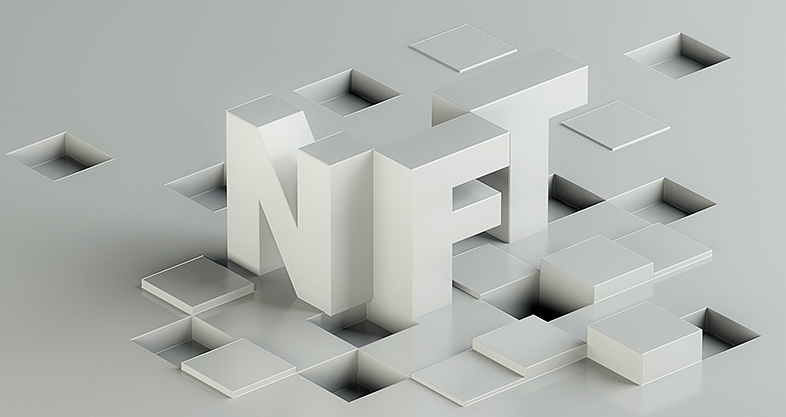
The very name “non-fungible token” describes the concept pretty accurately. Every single NFT is a unique token that can’t be substituted by another token, even if it is from the same blockchain or collection (batch of NFTs).
This is the key difference between NFTs and “traditional” cryptocurrencies, tokens, or fiat money. You can take a bitcoin or a dollar and replace it with another bitcoin or dollar, and nothing will change – they have the same value (we are now excluding niche cases like tracking individual banknotes for investigations, etc.). You can’t do such a thing with an NFT since every individual token is unique.
If we think of “normal” cryptocurrencies as money, we can think of NFTs as certificates of ownership.
How NFTs Work
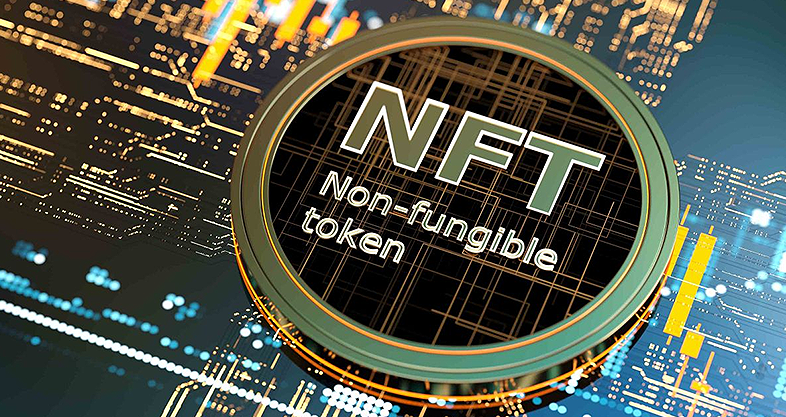
Obviously, like any other type of crypto token, NFTs are blockchain-powered. Most popular blockchains, allowing deployment of smart contracts, have special standards regulating minting (creating) and operation of non-fungible tokens.
By far, the most popular of such standards is ERC-721 of the Ethereum blockchain. Ethereum’s NFT market share is over 80%, so ERC-721 can be considered “the default” for NFTs. Other standards, like BEP-721 of the Binance Smart chain or TRC-721 of the Tron blockchain, are essentially clones of ERC-721.
What Are NFTs Used For?
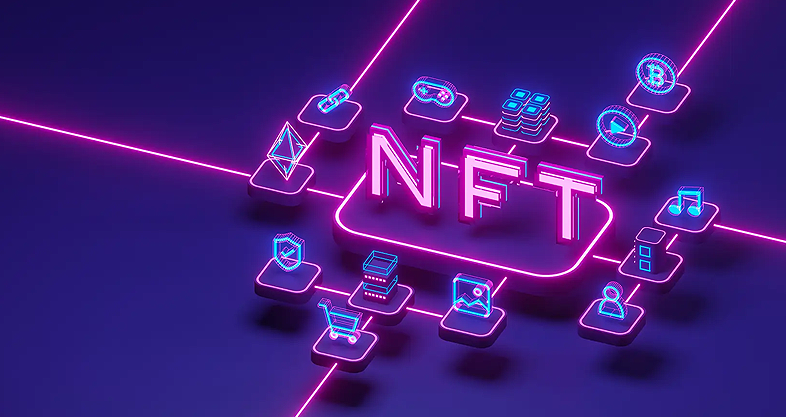
The range of applications of non-fungible tokens is extremely wide: from digital arts and music to the real estate market, ICODA has plenty of experience in the development and promotion of NFTs in various industries. Here we will give only a few examples.
Art

Let’s be honest – low-quality pixel pictures of dubious artistic value are what most people associate with NFTs. This is the easiest way for many people to get easy money using the hype around non-fungible tokens since such pictures cost virtually nothing to create.
However, not all digital art with NFTs attached is bad. On the contrary, there are plenty of amazing works out there, but they are harder to find.
Music
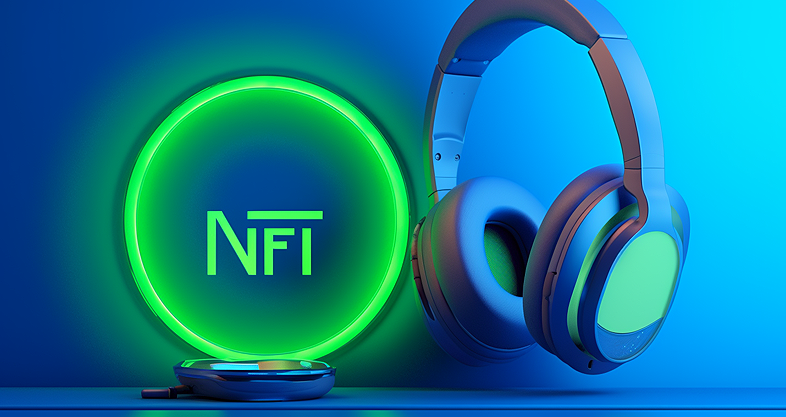
Another popular use of non-fungible tokens is the sale of music. Some bands and musicians even completely switched to using NFTs for their music distribution.
Videos
NFTs are also relatively popular for distributing video content. Although, this model has a hard time competing with major video hosting platforms. Thus, it is mainly used for distributing content that is not “Youtube-friendly.”
Retail
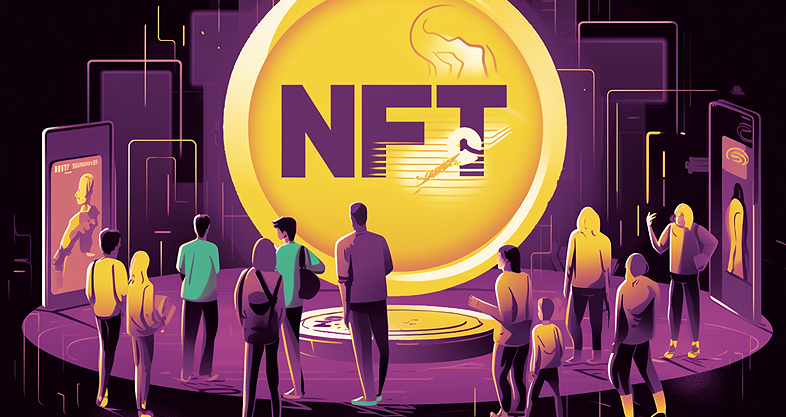
NFTs can be attached to any goods and be used to track their movement through the supply chain. And due to the blockchain’s tamper-proof nature, the buyer can be sure that their expensive shoes are authentic or that this particular crate of fruit came from a specific plantation.
Logistics

This use case has a lot in common with retail. Effective and tamper-proof tracking of various items can help with monitoring and streamlining logistics – businesses can obtain accurate and reliable information on the item at any moment.
Real Estate

NFTs and the real estate market perfectly fit together. After all, every single plot of land or building is unique and has a different value. So NFT is a perfect digitalized property certificate.
Education
NFTs can be and are already used as a digital replacement for diplomas and educational certificates. They make it much easier to prove the actual educational level and skill set of an individual.
Licensing
For the same reasons as with educational certificates, NFTs are also used to confirm all kinds of licenses, permissions, and certificates, making it impossible to fake a license or tamper with it in any way.
Gaming
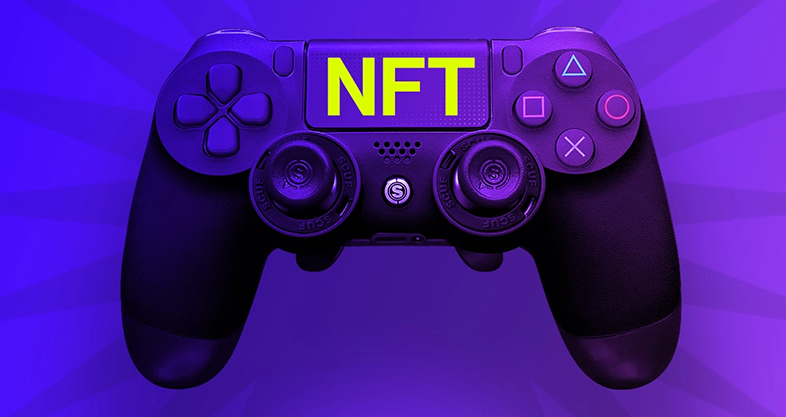
Another major market for NFT use is gaming. In-game items, valuables, characters, virtual land plots – anything that can be traded in a virtual world can be turned into an NFT. It enables the purchase and sale of in-game items on third-party marketplaces and, in some case, even enable the transfer of items between games.
Curiously, the gaming industry can be considered “the original use case” for NFTs – it all started with the infamous Ethereum-based game CryptoKitties back in 2017.
NFT Issues
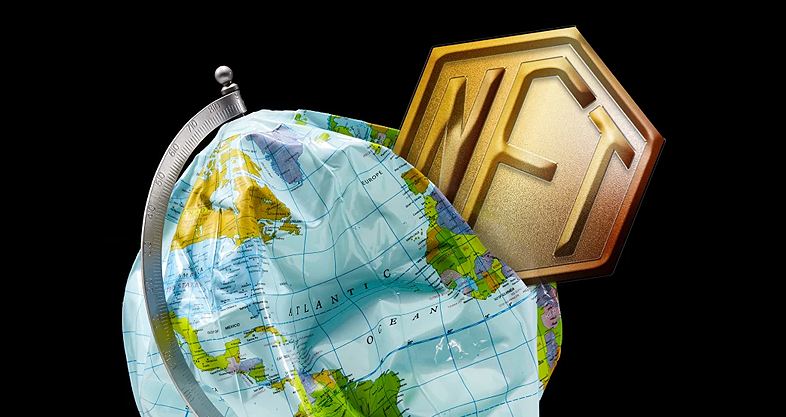
The wide adoption of the NFT concept is one of the most impactful breakthroughs in the development of the crypto industry in recent years. However, it doesn’t mean that NFTs are perfect. There are plenty of serious issues, and the main ones are the following:
- NFTs are currently overpriced
- NFT transfer is inefficient
- NFTs are not environmentally friendly
Why Are NFTs Overpriced?
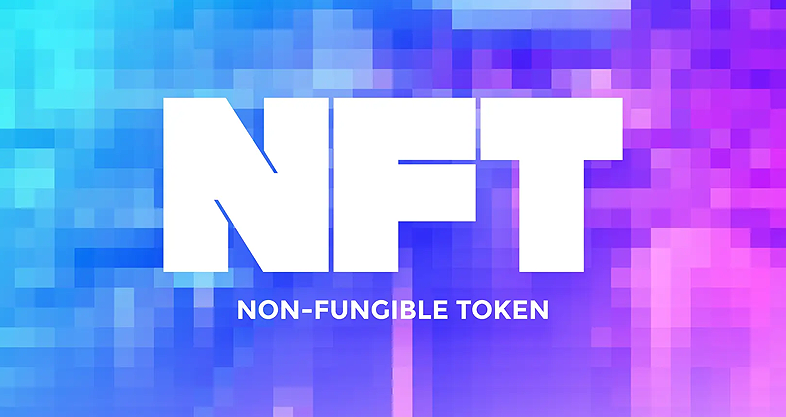
While the peak of “NFT-craze” has passed in 2021, there is still much hype around non-fungible tokens, and many people still consider them a source of “free money.” Naturally, it artificially increases the prices, so the risk of losing funds purchasing NFTs is high, even though the market shows signs of recovery.
In addition, due to all the hype and dubious NFT projects, a lot of people have difficulties seeing their potential and value and consider them nothing more than a scam.
Why Is NFT Transfer Inefficient?

The lack of fungibility, while being the main selling point of NFTs, also hinders the holders’ ability to transfer these tokens in an efficient and convenient manner.
If you have a dozen NFTs, you can’t just send them all to another user in one big batch, like you can with any fungible asset. You have to conduct a separate transaction for every NFT and pay the full network fee every single time.
Why Are NFTs Not Environmentally Friendly?
The main reason is the aforementioned inefficiency.
First of all, you need a separate transaction for every NFT, and every token transaction requires power for computations and confirmations by miners. It doesn’t matter whether you send 1 token or 10 – the computing power required is the same. But it isn’t all.
The need for individual transactions for every token congests the network, making it work slower, increasing the gas fees, and increasing the network complexity. Increased complexity means that new transaction blocks require more computing power. Thus, NFTs not only are environmentally unfriendly themselves, but they also increase the CO2 footprint of all other tokens.
What Is SFT in Crypto?
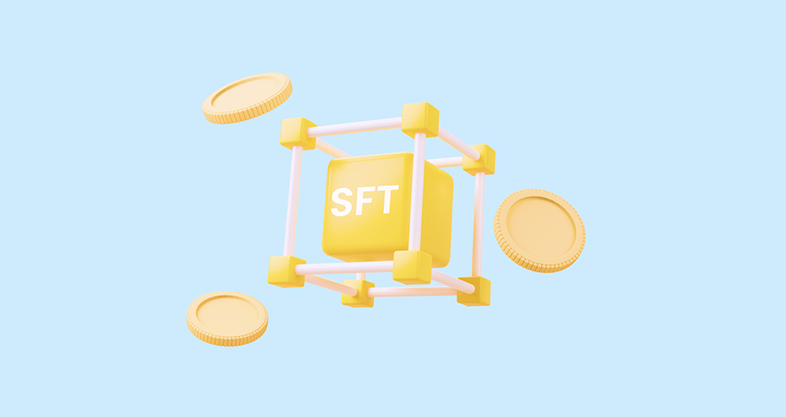
SFT means “semi-fungible token.” The name is, admittedly, a little bit confusing since “partial fungibility” doesn’t really make sense. But there is no better way to say that SFTs combine features of both fungible and non-fungible tokens. In theory, as the developers claim, they combine the best features of both types of tokens while circumventing their major limitations.
To be more specific, SFTs can turn from a fungible to a non-fungible state at the holder’s discretion. Although, the process is irreversible.
If fungible assets are “digital money” and NFTs are “digital certificates,” then SFTs are “digital gift cards” or “digital coupons” that can be turned into specific goods at the holders’ discretion.
How SFTs Work
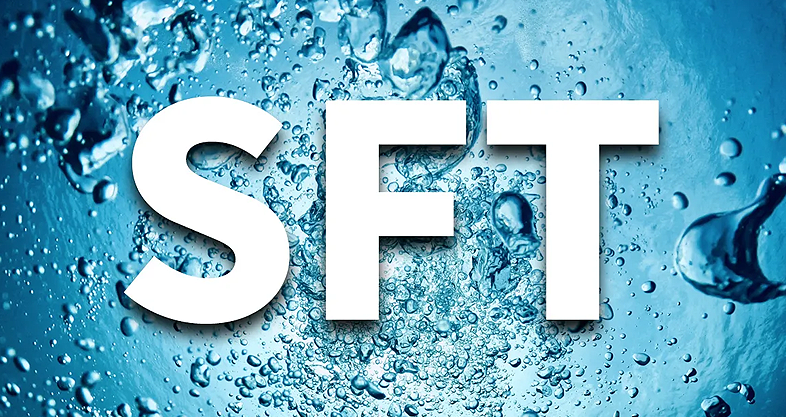
SFTs are powered by the Ethereum blockchain and are built using the ERC-1155 standard. It is often described as the simple combination of the ERC-20 and ERC-721 standards, which isn’t really fair – there are some features that are not present in either of the “parent” token standards.
The ERC-1155 developer is Enjin – the company responsible for the creation of some of the largest blockchain games. So it is no wonder that gaming is the primary application of SFTs so far.
At the moment, Ethereum is the only blockchain where semi-fungible tokens are present. But judging by the rapid adoption of the standard by many blockchain gaming developers, we will see many clones of this standard sooner rather than later.
SFT Unique Features
The main advantage of the SFT concept is its ability to “shapeshift.” Once semi-fungible tokens are minted, they behave just like a normal fungible token. You can transfer them in batches without any issues, and you don’t need to keep track of individual tokens – just to keep an eye on their total amount in your wallet.
But once an SFT is redeemed, it becomes a full-fledged NFT – a completely unique token that can’t be substituted by any other and must be transferred individually – one token per transaction.
Another major feature of SFTs is that erroneous token transactions involving them can be reversed. Usually, in the crypto world, tokens and coins sent to the wrong address are lost forever. Smart contracts governing SFTs allow the sender to get their coins back in case of a mistake.
However, this feature works only when the token is in its fungible state. Once it has been redeemed, mistakes cannot be fixed.
SFT Use Cases

At the moment, semi-fungible tokens are being used exclusively in the blockchain gaming industry, replacing or supplementing NFTs in some of the largest games and metaverse environments.
They facilitate in-game trading, making it easier for players to exchange valuable items, resources, and other valuables. In addition, semi-fungible tokens also make games more efficient since now developers can mint a batch of SFT and distribute them in an efficient manner without increasing the network load too much. These tokens will turn into non-fungible ones later.
It is a much bigger deal than it looks at first glance. Blockchain games are a major source of blockchain congestion. For example, CryptoKitties back in the day managed to overload the Ethereum blockchain so much that it slowed down to a crawl and was on the brink of collapse. Granted, nowadays, Ethereum is much more resilient, but the number of games and transactions also increased in orders of magnitude.
Other use cases have not been explored yet, but the potential is certainly there. For example, the ability to easily mint a bunch of tokens, transfer them in batches for low cost and then transform them into non-fungible tokens attached to specific goods looks like a perfect solution for logistics and retail, doesn’t it?
Is It Worth It To Pay Attention to SFTs at All?

Admittedly, semi-fungible tokens are a niche novelty solution at the moment, and there is a possibility that the ERC-155 standard will be forgotten in a few years.
However, there are two major factors that can play in favor of SFTs and ensure their proliferation:
- Technical capabilities suitable for a variety of applications
- Support of major blockchain game developers
The first point is rather simple and is well-explained above. There are some niches where SFTs are clearly more efficient than NFTs.
The second one is less obvious but no less important. ERC-1155 is not just a standard conceived by a group of passionate enthusiasts. Large game-developing companies like Enjin, The Sandbox, and Horizon Games were involved in its development and are now involved in its promotion. And a great idea backed by plentiful resources have noticeably more chances to succeed than just a great idea.
In other words, while it is doubtful that semi-fungible assets will replace NFTs anytime soon, if at all, it is still a promising concept that can grant its adopters significant competitive advantage if used correctly.
Issues With SFTs
Naturally, there are some problems that hinder wide SFT adoption and proliferation. But fortunately, most of these issues are not technical and are caused by novelty more than by anything else. Although, it is possible that some technical issues can be discovered further down the line.
The main issues are the following:
- Novelty factor – ERC-1155 is a very “young” standard, and many people have a hard time trusting it.
- Limited application – SFTs really have to expand beyond gaming to become widely accepted as something more than toys.
- Limited SFT marketplace support – there is not enough infrastructure yet.
- Reversibility – irreversible transactions are among the key features of cryptocurrencies. And for a lot of “hard-liners,” reversible transactions are a “no-go” and a sign of returning to fiat.
If there won’t be any major technical problems discovered in the coming year or two, we can be pretty sure that the advantages of semi-fungible assets will outweigh these issues.
SFT vs. NFT: What To Pick for Your Project?
It is obvious that NFTs have a much wide range of potential applications. Even if we consider the possible use of SFTs not only in gaming but logistics, retail, and other industries, NFTs still look like a more flexible solution.
However, it is also obvious that in some niches SFTs are much more efficient, and NFTs don’t have much to offer over them. In the gaming industry, it has already been proven; in other industries – it is still only a potential possibility.
Finally, it is not necessary to pick only one option: NFTs, SFTs, and fungible tokens are not exclusive. You can easily have all three types of digital assets in your project, providing it with incredible flexibility and covering each other weaknesses.
Who Can Help With SFT Development?

The SFT concept is a novelty, and there are not a lot of developers that can boast of any experience working with it. Thus, it can be difficult to incorporate SFTs in your project, whether you rely on the in-house team or on the specialists available on the market.
Here is where ICODA comes to the rescue. Our team has extensive experience with the development and promotion of NFT and blockchain gaming projects and recently gained experience with SFTs as well.
We are ready to put our varied expertise to your service and develop an SFT or NFT solution and ensure its success through effective PR and marketing strategies.
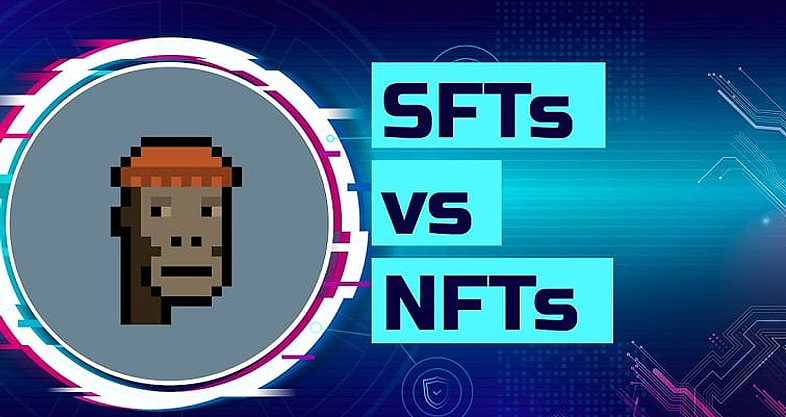


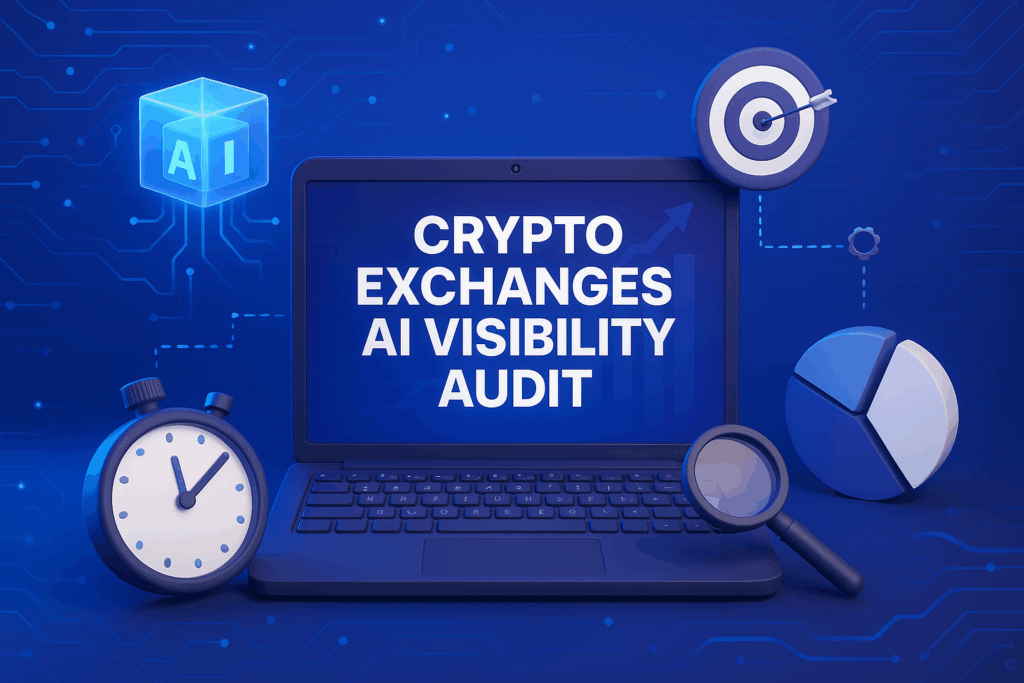

![CONF3RENCE 2025: Leading Web3 & AI Event [Promo Code ICODA20]](https://icoda.io/wp-content/uploads/2025/06/6203-23-1024x580.png)



